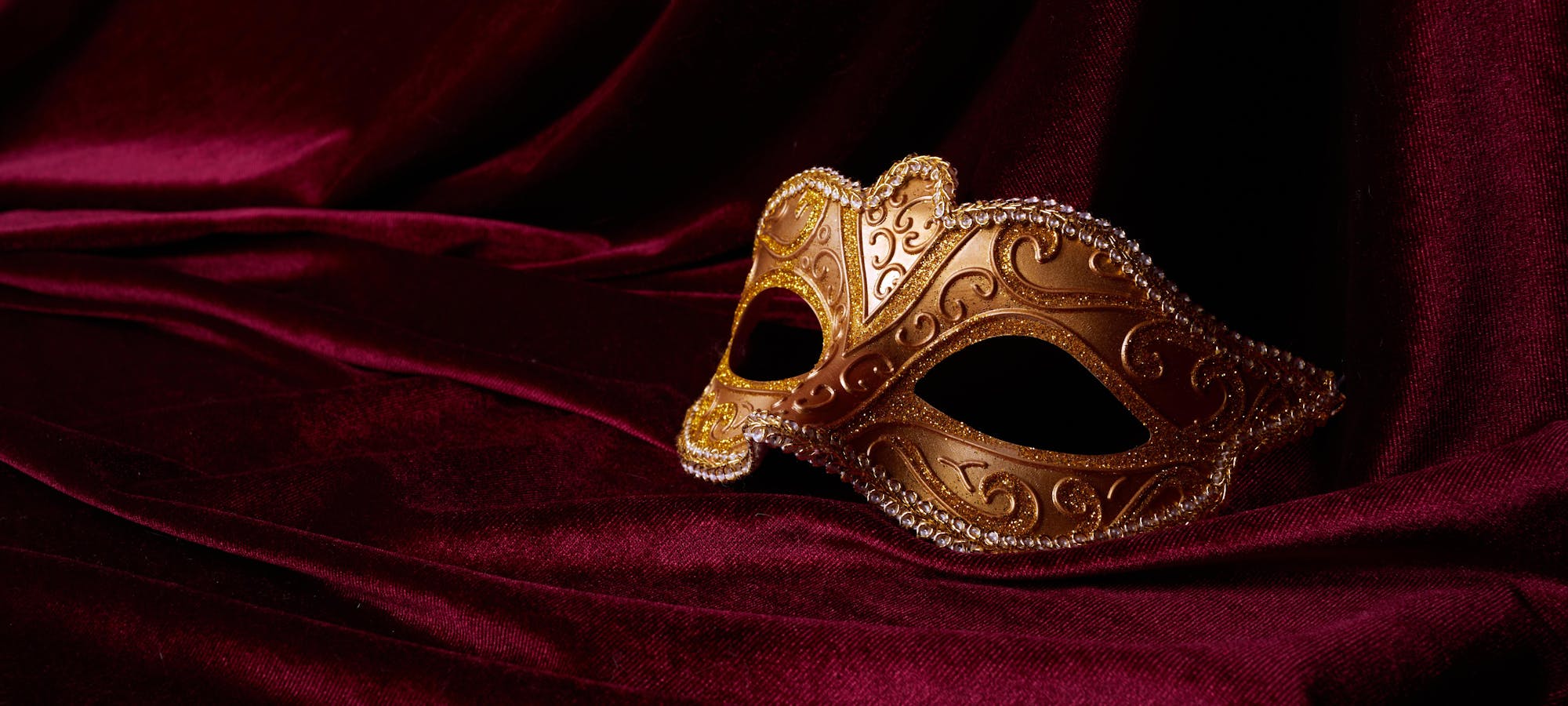
Dear friends,
For so many of us right now, we need an escape. An escape from the news, from the problems and dangers of the world. An escape from our emotions, from our losses, from our fears. Perhaps even an escape from ourselves…
Luckily, Purim is coming, and with it, the chance to become someone new.
Wearing costumes is one of the most distinctive elements of Purim. Lots of holidays have feasts; lots of holidays have alcohol (four cups of wine at Passover, anyone?). But showing up to a prayer service at synagogue to pray while dressed like Taylor Swift, or a unicorn, or Raygun from the Paris Olympics? Only on Purim.
Here, in gratuitous cuteness, is my son Gavi last Purim, dressed as a chicken.

Kids are expert costume-wearers. Look at Gavi’s face: There’s no self-consciousness, no ironic detachment; he’s just there, in the moment. “Yeah, of course I’m a chicken — What are you? What will we be next?”
Did you know that the tradition of dressing up in masks and costumes at Purim is not original to the holiday? Sure, celebration in general goes back to the Book of Esther. The Megillah mentions “feasting and joy” (“mishteh vesimha”), “sending portions [of food]” (“mishloah manot”), and “gifts to the poor” (“matanot laevyonim”). But look at the text — there’s nothing there about costumes.
In fact, the earliest textual evidence for dressing up on Purim is in rabbinic texts from the 14th Century. Some scholars speculate that dressing up on Purim may have originally developed as a tradition European Jews borrowed from their Christian neighbors, who would dress up for the carnival season in advance of Lent around the same time of year. According to this theory, the cultural borrowing happened first, organically, and all the elaborate rabbinic ideas about connections between masking/costumes and the ideas of Purim — costumes as a reference to Esther hiding her Jewish identity at first; masks hiding the face as a reference to “Esther” sounding like “hester panim,” “hiding the face [of God],” in connection with the megillah’s lack of explicit reference to God and the idea of hidden miracles; and the connection between hiding identities behind costumes and “venahafoch hu,” “and it [the calamity] was overturned”, i.e., the idea of good possibilities hiding behind bad facts — all these connections between dressing up and Purim theology, beautiful though they are, were all developed later, as explanations (excuses, even?) after the fact.
Yet, if this theory is correct, then I think the practice of dressing up on Purim becomes more appropriate, not less so. It embodies its own symbolic meaning in its history. Just as the megillah relates events that appeared random on the surface, but turned out to be masking a miraculous deliverance, dressing up for Purim is a practice that “randomly” developed and appeared on the surface to be a simple borrowing from the majority culture, but turned out to be masking deep and vital connections to Judaism.
In this difficult year, I’m thinking about dressing up on Purim as a way to escape from limitations. For everyone, but especially for leaders, I wonder what would happen if just for one day we stepped outside our assumptions, our habits, our biases, our ideas, or even our identities? What if we tried looking at ourselves, and the world in both its beauty and ugliness, through the eyes of new “masks”? What if we looked around and saw the people and institutions around us as containing new possibilities we’d never considered before?
It’s not an easy time to think like that.
Little Ariel Bibas, of blessed memory, loved Batman. My heart, and the heart of the whole Jewish people, breaks that he isn’t here to dress up for Purim as Batman — and that his brother, his mother, so many other uprooted lives, aren’t here to celebrate Purim in 2025.
That grief deserves its space. And we could spend a lifetime mourning what has been lost.
And yet, we must keep living, keep looking for hope. We must escape into light, into joy, into good, into new ways of thinking about how not to desist from the work in front of us.
The Purim story threatened genocide, but delivered reprieve. And even now, the world may yet surprise us with hidden possibilities.
Great leaders don’t deny the realities around them. They channel their agency to respond to events they cannot control in new and creative ways. They step beyond their limitations, trying on new approaches or even new ways of being — with a child-like curiosity and sense of possibility, even about difficult things.
What are you dressing up as for Purim this year? I hope to be like Gavi, trying on a new self with no self-consciousness, looking out toward the horizon with new eyes, and seeing, perhaps, new wonders in this world.

Gali Cooks
President & CEO
Leading Edge
About the Author

Gali Cooks is the President & CEO of Leading Edge.
Loading footer...